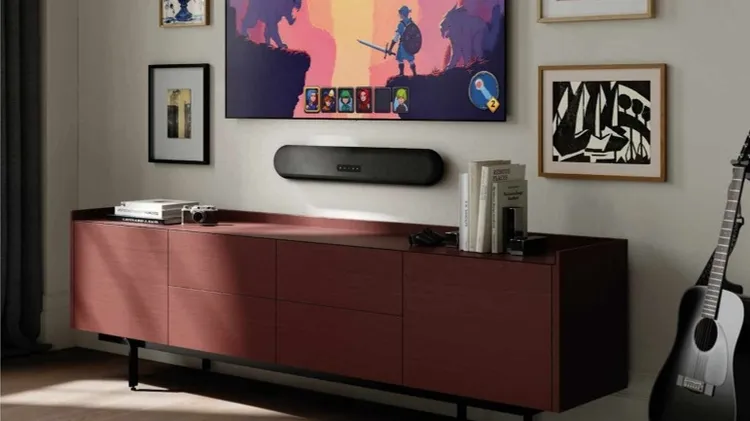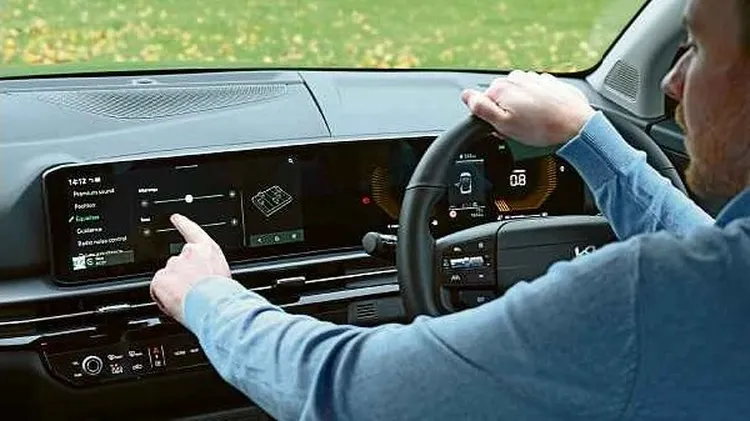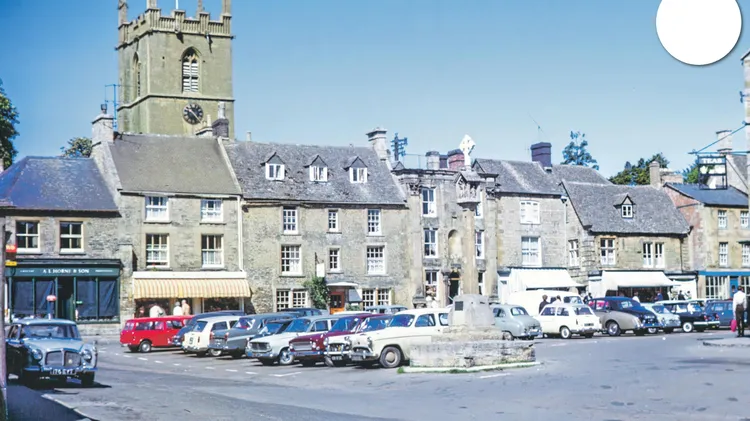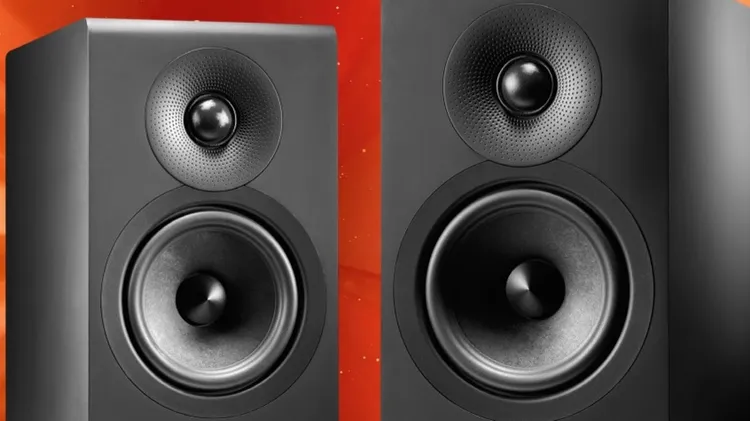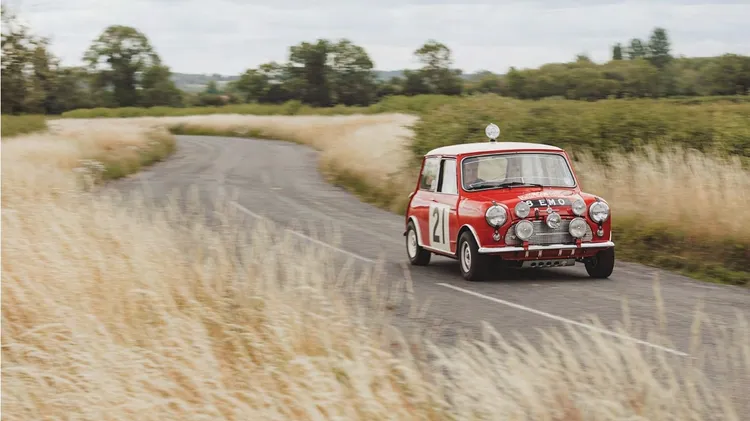Hi-fi editor
Musical fidelity’s ls3/5aand the enduring appeal of bbc-inspired small speakers
6 min read
This article is from...
Read this article and 8000+ more magazines and newspapers on Readly

